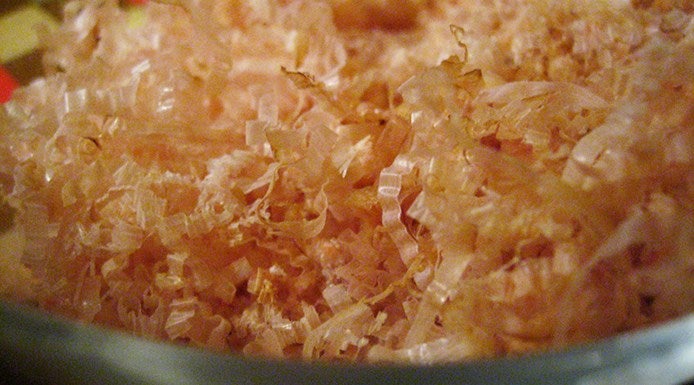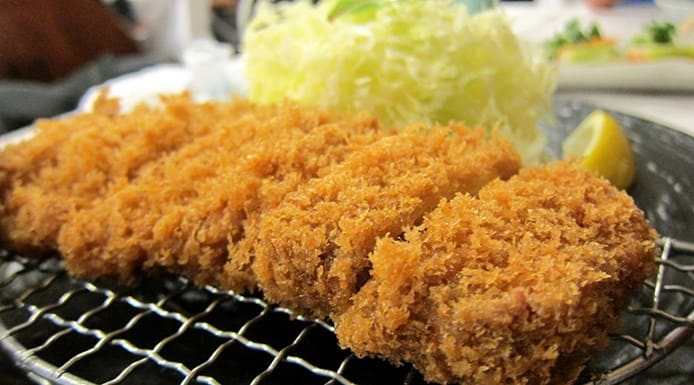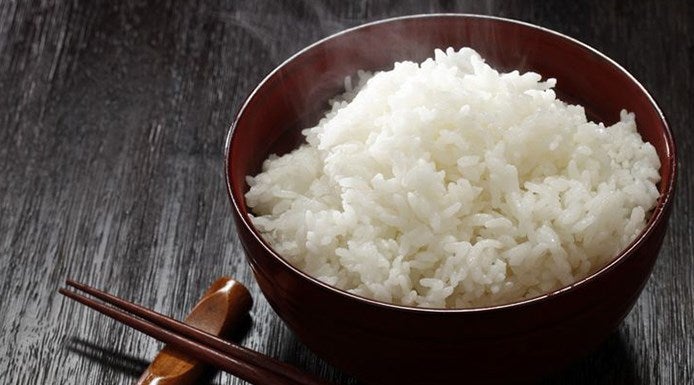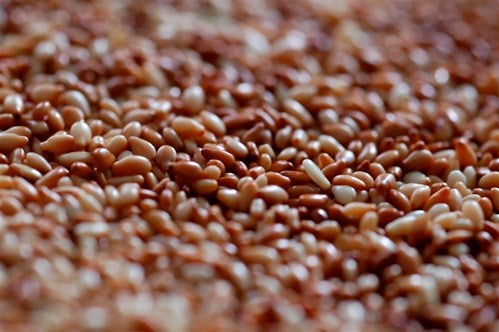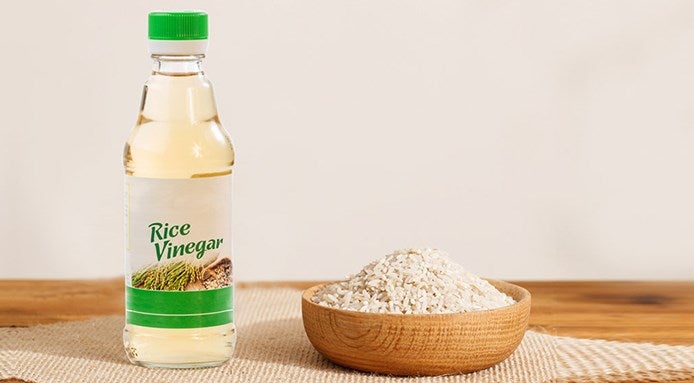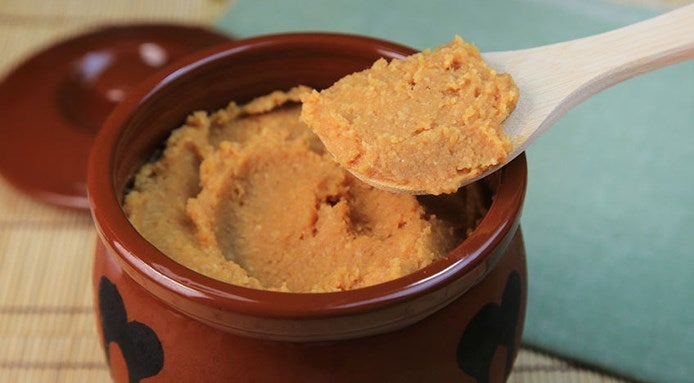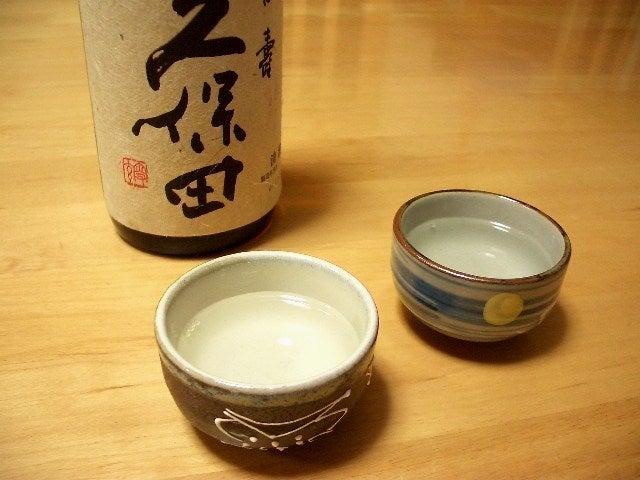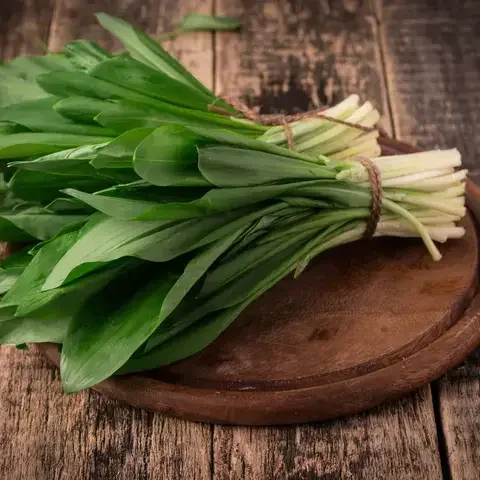If you plan on cooking up some of your favourite Japanese dishes at home you'll need some essential Japanese ingredients to achieving those unique signature flavours.
Accumulating a selection of pantry staples will ensure you have a shot of re-creating those umami, fermented, rich and iconic Japanese flavours in your own kitchen, when you like, whether you're cooking up your favourite ramen for lunch, tempura for dinner or any snacks in between.
From staples like soy sauce and Japanese rice to garnishes like perilla and myoga, here are some Japanese pantry essentials that'll make your home cooking as authentic as if you ate out.








